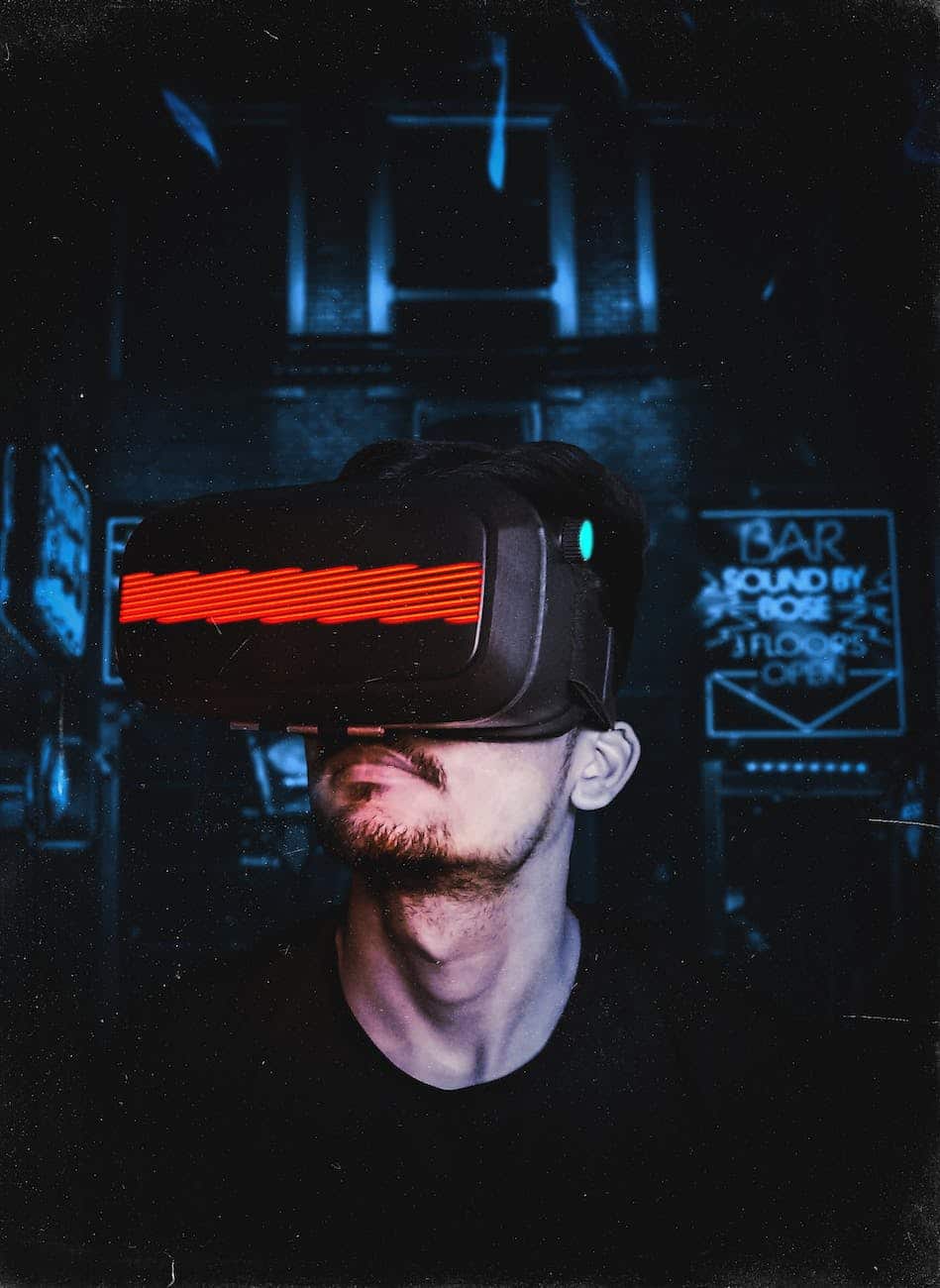In 1992, Neal Stephenson wrote a science fiction novel called Snow Crash, in which he described a fully-fledged virtual world called the Metaverse. In the Metaverse, people could interact with each other and conduct all aspects of their lives virtually, including business and commerce. The concept of a shared virtual space where people can interact with each other has been around since the early days of computing. In 1960, MIT researcher J.C.R. Licklider wrote about “a Galactic Network” of computers that would allow people to communicate with each other and access information from anywhere in the world.
While Stephenson’s vision of the Metaverse is still some way off, we are starting to see the development of “partial” or “closed” metaverses operated by companies such as Facebook (with Oculus), Microsoft (with Minecraft) and Amazon (with Twitch).
These platforms allow users to create avatars, interact with each other and play games, but they don’t yet offer everything that Stephenson envisaged. That said, it is anticipated that all of these platforms will continue to evolve and expand their offering over time, so it is important to keep an eye on developments in this area.
Another type of partial metaverse is what you might call “partial VR experiences.” These are simulations that only provide immersion in one sense—usually sight or sound— while leaving the other senses unaddressed. A prime example of this is the popular multiplayer online battle arena (MOBA) game League of Legends.
League of Legends places players in an arena where two teams fight each other using powerful magic spells. The graphics in this game are highly stylized but also quite realistic, providing players with an immersive visual experience. However, since League of Legends is played on a standard computer screen, it doesn’t provide any immersion for the sense of touch or smell—you don’t feel like you’re really inside the game world.
As far as partial VR experiences go, League of Legends does a pretty good job immersing players in its world visually. However, it falls short when it comes to providing full immersion due to its lack of haptic feedback (the sense of touch) and olfactory feedback (the sense of smell).
So why aren’t we making real metaverses yet?
The term “metaverse” is derived from the prefix “meta,” which means “beyond,” and the word “universe.” So a metaverse is literally a universe beyond our own. It’s a place where we can escape the limitations of the physical world and experience things that are impossible in reality.
The answer, simply put, is that we haven’t figured out how to make them economically viable. The cost of creating and maintaining a metaverse would be astronomical, and there’s no guarantee that people would actually want to spend time in one. Meta (AKA) Facebook claims they are creating one, but so far it’s just been a virtual reality “world” with little “meta” about it.
For example, Second Life—one of the most popular virtual worlds of its time—failed to live up to early expectations and failed to attract a large enough userbase to sustain itself long term. Part of the problem was that Second Life lacked compelling content; without enough people populating the metaverse, it was harder for new users to find things to do.
Right now, the most popular virtual worlds are video games such as Fortnite and Minecraft. While these games do have some elements of virtual reality, they lack the depth and richness of experience that would be necessary for them to be considered true metaverses. For example, in Fortnite, players can build structures and explore the world, but they are very limited by the game’s rules and mechanics. In Minecraft, players have more freedom to create whatever they want, but the world is still mediocre.
A true metaverse would be an all-encompassing digital world that contains everything from simple chatrooms and 2D websites to fully immersive 3D VR simulations. It would be a single, unified space that people could access from anywhere in the world.
We aren’t making real metaverses yet because we haven’t figured out how to create full immersion experiences that fool our brains into thinking we’re really somewhere else. What we have right now are video games, social media platforms, and partial VR experiences—none of which come close to meeting all of the criteria for a true metaverse. As technology continues to evolve, however, we may one day find ourselves living in digital worlds that are indistinguishable from reality—but we’re not there yet!




